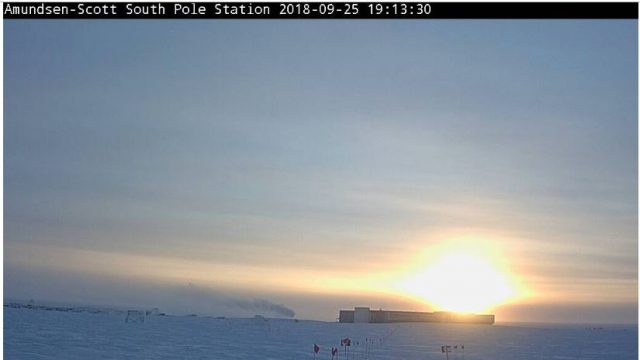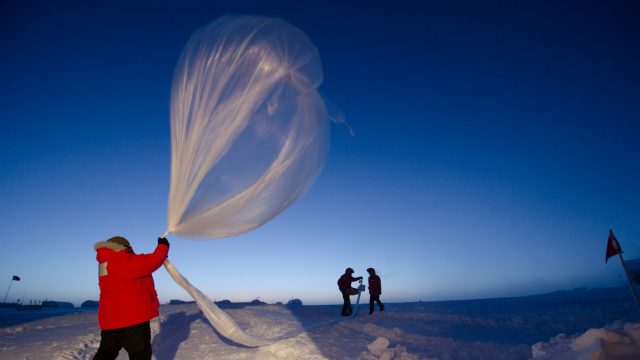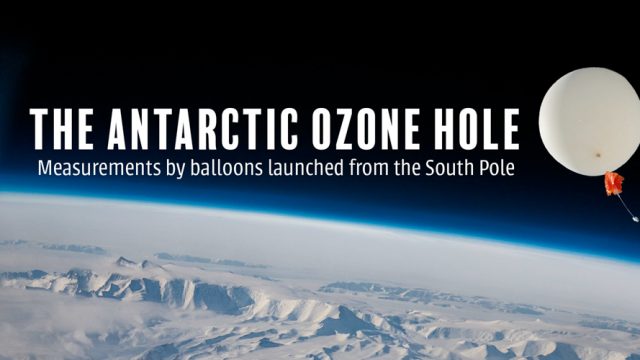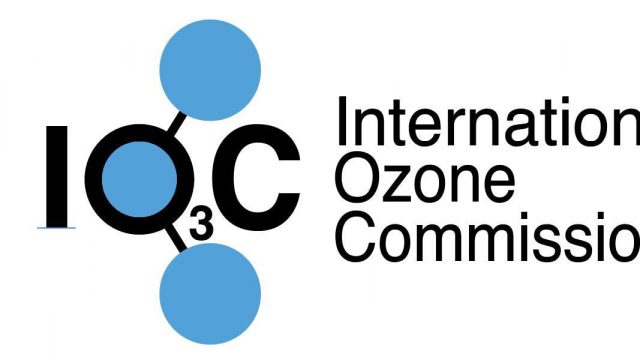This is an exciting time for the NOAA/CIRES ozone team in Boulder and at the South Pole. In Boulder, every morning starts with the question, “Any news from the South Pole?” We’re all eager to know if the latest balloon launch went well and if we are starting to see any signs of the ozone… Read More
With an average winter temperature of -75F and lows that can go well below -100F, people often ask how I was able to handle the cold during my winter at the South Pole. The thing to remember is that Antarctica is the largest desert on Earth. It is beyond “dry”. The South Pole only receives… Read More
Check out this link to our South Pole camera! It shows a picture of the Amundsen-Scott South Pole Station taken every 15 minutes (if a relay satellite is available for transmission). The camera is attached to the roof of the National Science Foundation’s Atmospheric Research Observatory (ARO), which houses NOAA/ESRL’s Clean Air Facility where measurement… Read More
Measuring Ozone in the Atmosphere The majority of ozone in the atmosphere is found high above the surface in the “Ozone Layer.” Stratospheric ozone is typically measured as Total Column Ozone, a number representing all the ozone molecules located in a column of air extending from the surface all the way to the edge of… Read More
The Ozone Layer is the name given to naturally occurring high concentrations of ozone located high up in the stratosphere between 35,000 – 160,000 feet. The ozone layer is important to life on Earth because of its ability to filter out harmful doses of ultraviolet light from the Sun that has the ability to damage… Read More
By Irina Petropavlovskikh, Secretary of the International Ozone Commission and a CIRES and NOAA scientist September 16th is International Day for the Preservation of the Ozone Layer, commemorating the 1987 anniversary of the signing of the Montreal Protocol on Substances that Deplete the Ozone Layer. Hailed as an example of exceptional international cooperation for the… Read More





